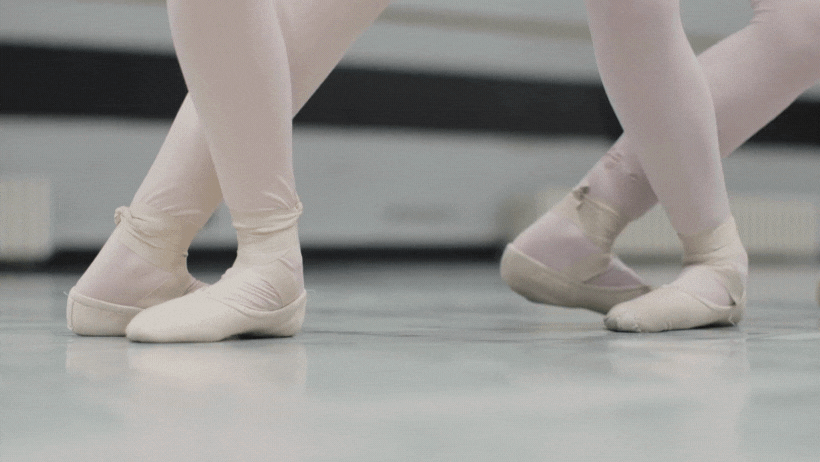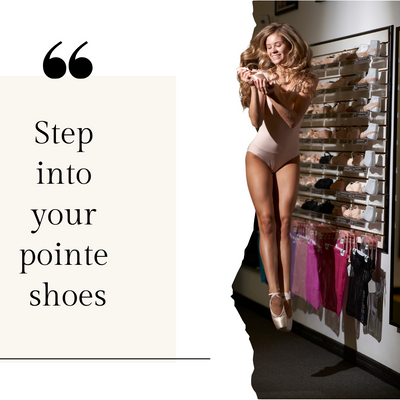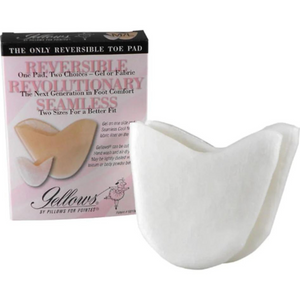How to Prepare to Go On Pointe for the First Time
Dancing en pointe is a beautiful and challenging art form that requires dedication, strength, and proper preparation. Whether you're a seasoned dancer transitioning to pointe work or a beginner embarking on this exciting journey, it's essential to approach it with care. In this guide, we'll explore the steps and advice to help you prepare for dancing en pointe safely and effectively.
1. Build Core Strength

Before even thinking about dancing en pointe, focus on building a strong core. Core strength is crucial for maintaining proper posture and balance. Incorporate pre pointe exercises like planks, leg lifts, and Pilates into your routine to strengthen your abdominal and back muscles.
2. Focus on Posture and Alignment
Proper posture and alignment are crucial for dancing en pointe without causing strain on your body. Pay attention to your body's positioning, keeping your shoulders over your hips and your core engaged. Regularly check your alignment in front of a mirror during practice. Consider utilizing a tool like the American Dance Supply Posture Reminder which helps naturally stretch your shoulders back to improve posture.
3. Master Basic Ballet Technique
Solid ballet technique is the foundation for dancing en pointe. Make sure you have a strong grasp of basic ballet positions, movements, and terminology. Focus on perfecting your tendus, dégagés, and relevés to develop the necessary skills for dancing on pointe.
4. Strengthen Your Feet and Ankles

Pointe work puts immense pressure on your feet and ankles, so it's essential to strengthen them gradually. Perform exercises such as relevés, theraband exercises, and foot stretches to enhance the flexibility and strength of your feet and ankles.
5. Listen to Your Body
Always listen to your body and be aware of any discomfort or pain. If you experience pain while going on pointe for the first time, it's essential to address it immediately. Ignoring pain can lead to serious injuries. Communicate openly with your instructor about any concerns or issues you may be facing. Additionally, check out our tips on how to avoid injury in pointe shoes!
Remember:
Gradual Progression is Key -
Avoid rushing into pointe work. Gradually introduce pointe exercises into your training routine under the guidance of a qualified instructor. Overloading your feet too soon can lead to injuries. Patience is key when it comes to preparing for dancing en pointe. Check your progress with our blog entailing how to tell when you're ready for pointe!
Conclusion
Preparing to dance en pointe is an exciting and rewarding journey that requires dedication and patience. By focusing on building strength, mastering technique, and progressing gradually, you'll be well on your way to experiencing the grace and beauty of dancing en pointe. Remember to always prioritize your safety and listen to your body throughout this transformative process.







